
An Orphaned Baby Wombat Was Found In Her Dead Mother’s Pouch Weighing Just 120 Grams, Got Rescued
InterviewThere’s just never enough of feel-good stories showing that every bit of love and care can prevent tragedy and give animals a second chance at life. So here’s one more to restore your faith in humanity.
Meet cute baby wombat Elsie, who was rescued from her dead mother’s pouch after a car accident. It all happened mid-March when a kind passerby discovered the poor baby who was left completely alone in this world and immediately brought the wombat to ACT Wildlife, Canberra’s only wildlife care group. She was extremely underweight and weak, so she was taken to an urgent vet care clinic. Her caregivers weren’t sure the tiny wombat was going to make it, but Elsie has proven to be a true fighter.
At around six and a half months, she’s now found her long-term home with her new “mum” Helen, who will care for her until Elsie is independent enough to be released back to the wild. Bored Panda asked her previous caregiver Lindy, who symbolically goes by “crazy_wombat_lady” on Instagram, to share the heartwarming story of Elsie, who has blossomed from a tiny, orphaned baby of only 120 g to a lively and cuddly “almost toddler” of 1300 g.
More info: Instagram | actwildlife.net | Facebook | twitter.com | Instagram
The tiny baby wombat was rescued from her dead mother’s pouch after she was hit by a car
Image credits: crazy_wombat_lady
“She was rescued by a member of the public who saw the dead mother (hit by car) by the road. She removed Elsie from the pouch and brought her to ACT wildlife, which is the wildlife rescue and care group in the ACT (Australian capital territory),” Lindy told Bored Panda.
Elsie was almost three months old and weighed just 120 grams
Image credits: crazy_wombat_lady
“Elsie was almost three months old and 120 g (they are born about the size of a bean and only a few grams.) She had no injuries from the accident, with the exception of some damage to the inside her mouth from coming off the teat in the accident. But she had wombat herpes (almost half of wild wombats have this) and a staph infection, so needed treatment for those straight away. Her vet care has been provided by some amazing local vets at no cost to our charity. We are incredibly grateful for this support.”
Image credits: crazy_wombat_lady
She spent 10 weeks in a humidicrib
Image credits: crazy_wombat_lady
“Initially, she was on 3-hourly feeds of 2 ml of special wombat formula. Then 4-hourly as she got bigger. She is now on 5 bottles a day and last night was her first night sleeping through without having a night feed. Yay!!!
She had a second bout of herpes which was also treated successfully.”
Image credits: crazy_wombat_lady
Image credits: crazy_wombat_lady
Image credits: crazy_wombat_lady
Image credits: crazy_wombat_lady
Image credits: crazy_wombat_lady
Image credits: crazy_wombat_lady
Image credits: crazy_wombat_lady
Image credits: crazy_wombat_lady
Luckily, she’s out of the incubator now and her fur is coming through
Image credits: crazy_wombat_lady
“She’s sleeping in a baby crib in a heated bed and her fur is coming through. She started to walk this week. She’s only awake for up to an hour each day.”
Image credits: crazy_wombat_lady
Image credits: crazy_wombat_lady
Image credits: crazy_wombat_lady
Baby wombats are born about the size of a jelly bean and develop in mum’s pouch, but we get to watch it happen
Image credits: crazy_wombat_lady
“When baby wombats are born about the size of a jelly bean, they are very undeveloped. Their forearms, though, are well-developed at birth so they can crawl from the mother’s birth canal to her pouch. Their hind legs take some time to complete their growth. This photo of Elsie at 4 1/2 months after her birth shows the difference in development between her muscular forearms and her scrawny hind legs. All of this magic normally takes place inside her mum’s pouch, but we get to watch it happen.”
Image credits: crazy_wombat_lady
Image credits: crazy_wombat_lady
Not only did Elsie survive, but she has thrived under Lindy’s unconditional love and care
Image credits: crazy_wombat_lady
“Elsie was so undeveloped when she came in that she was just a little being who needed to be kept alive. In the last few weeks, she’s become aware and begun developing a personality. She loves to be cuddled, but doesn’t like to be picked up without being in her wraps.”
View this post on Instagram
Image credits: crazy_wombat_lady
Image credits: crazy_wombat_lady
Image credits: crazy_wombat_lady
Lindy is a wombat coordinator for Act Wildlife, which is the only wildlife rescue and rehabilitation organisation in Australian Capital Territory that cares for injured, sick, and orphaned native animals. She has spent over twenty years volunteering for them and dedicated the last ten to focusing on wombat care.
“We have about 40-50 active volunteers who answer the phone 24/7, rescue and rehabilitate most native species, provide advice to the public about sharing our urban space with wildlife, fundraise, and many other roles. We all care for our wildlife in our own homes.”
Image credits: crazy_wombat_lady
Image credits: crazy_wombat_lady
Image credits: crazy_wombat_lady
Image credits: crazy_wombat_lady
Elsie found her new “mum” Helen, who will care for her for a year or more until she’s independent enough to release back into the wild
Image credits: crazy_wombat_lady
“She is going to her long-term carer today (we’ve shared her care until now as her new carer works full-time and could not have done the level of intensive care required whilst working.) She will be in care—inside the house for the next few months, then in a specially built enclosure for six months—until she is about 18 kg. She will then be released back into the bush as a wild wombat.”
Image credits: crazy_wombat_lady
Each wombat costs us (ACT Wildlife) about $1000 to raise. Elsie is one of 13 in care at the moment.
“Our organisation is a charity and relies primarily on donations to fund the work we do. We care for thousands of native animals (birds, bats, lizards, tortoises, possums, wallabies, and wombats). Each year. It is a huge privilege and joy to be able to care for our wildlife and put it back into its natural environment when it is recovered.”
Image credits: crazy_wombat_lady
“Baby wombats are very human-like in their need to have lots of body contact. As pouched babies, they would spend their first 8 or 9 months inside their mum’s pouch. They are comical and playful and affectionate as babies, but often grumpy and even aggressive as they reach adolescence. All our rehabilitated wombats are released.”
42Kviews
Share on Facebook
 Dark Mode
Dark Mode 

 No fees, cancel anytime
No fees, cancel anytime 








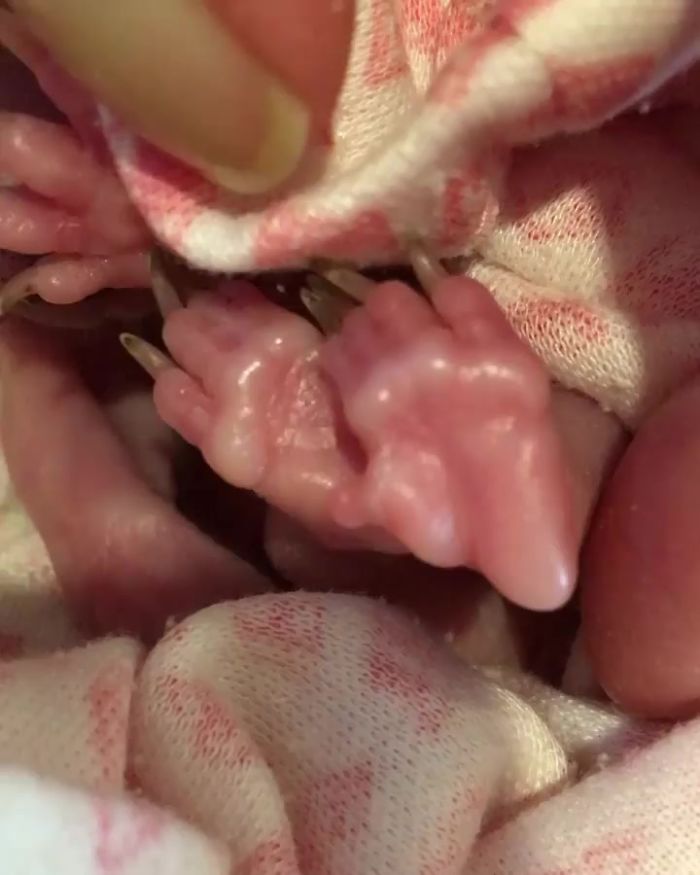

















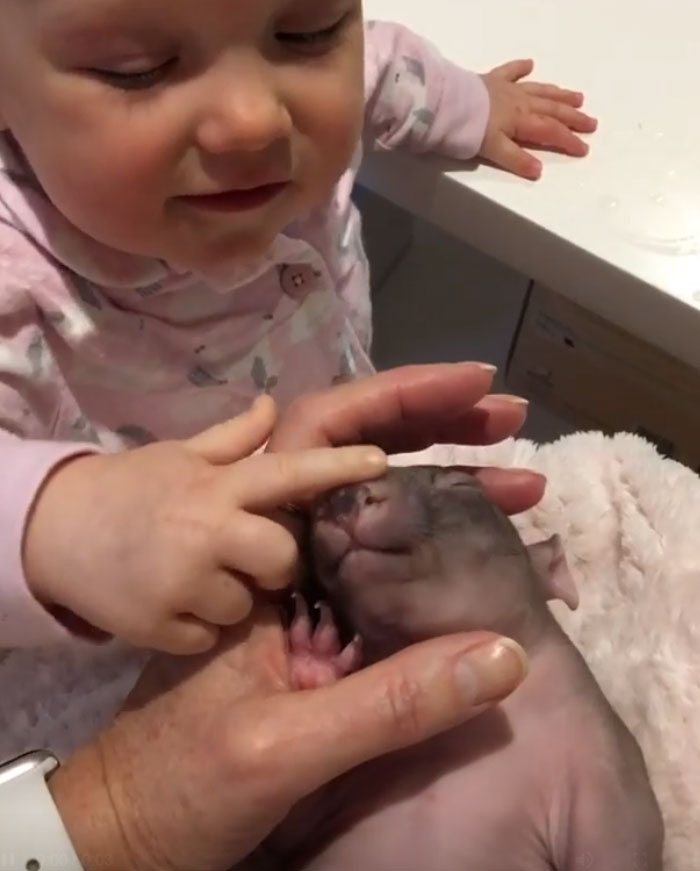
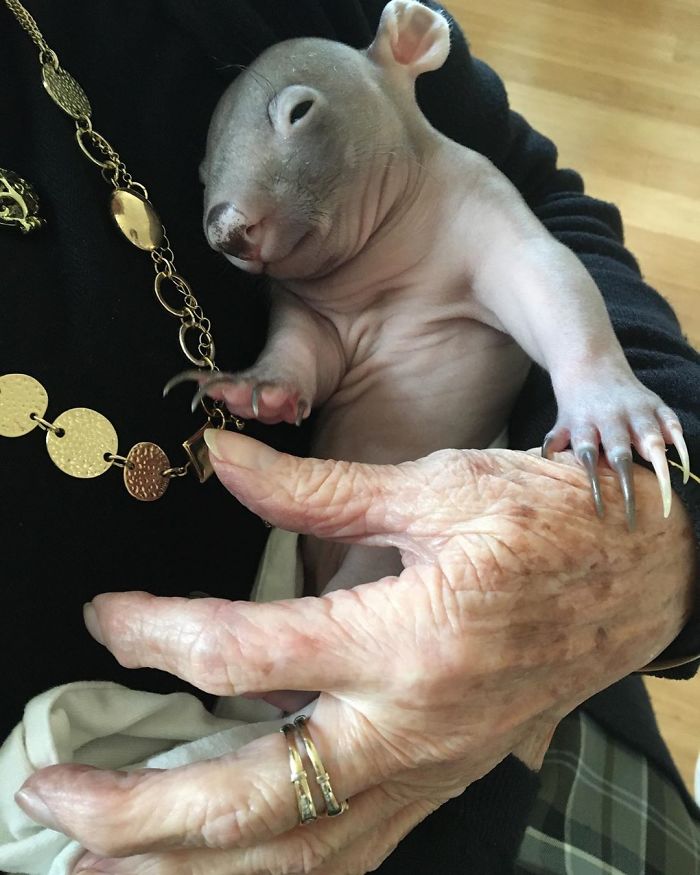
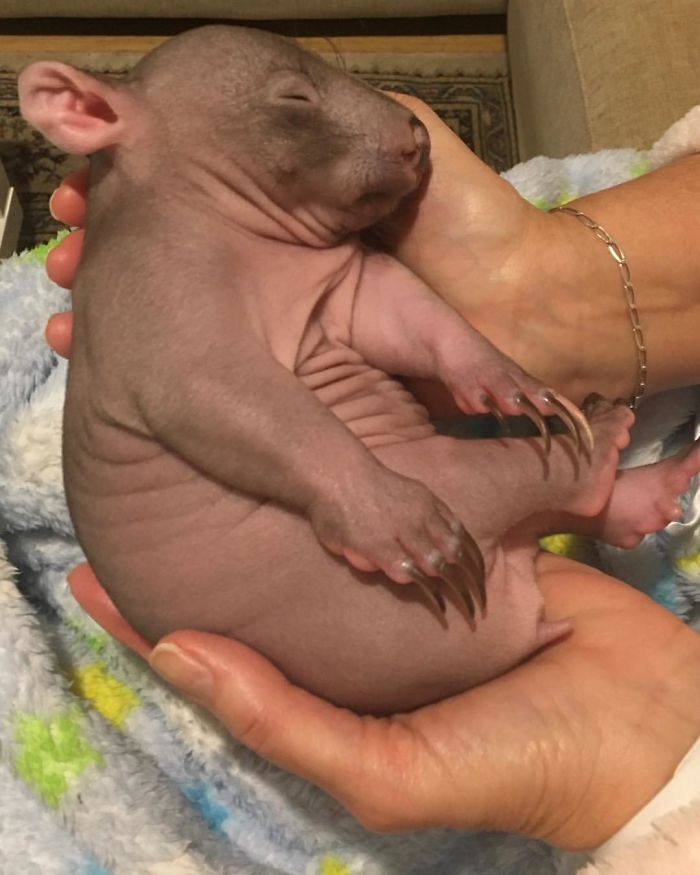



















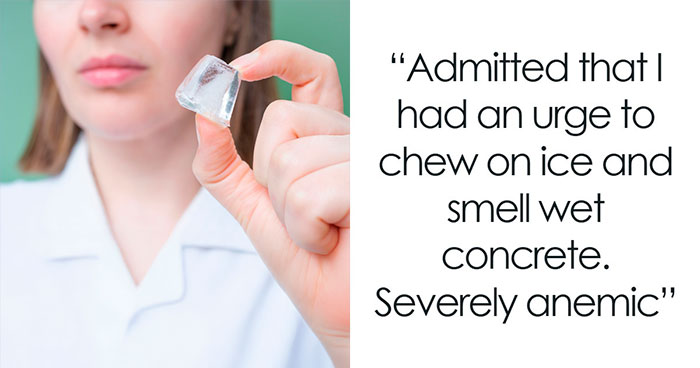































382
27